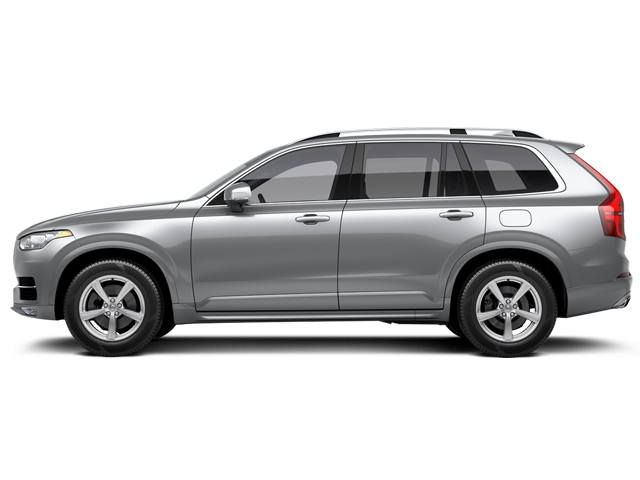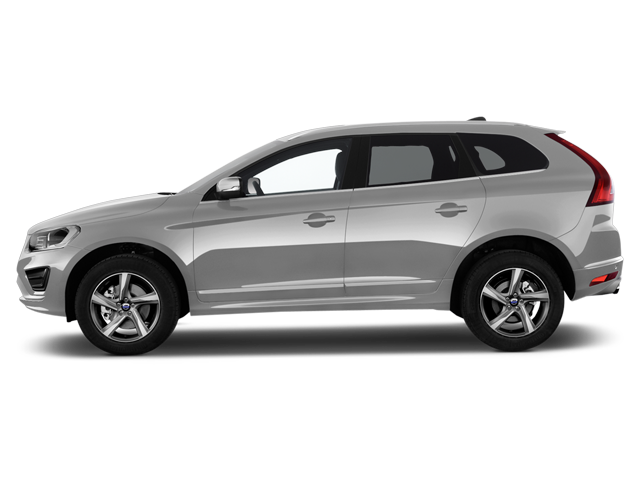Volvo has been a bit of an interesting study, recently.
After all, the brand formerly associated with making big, boxy and often beige-coloured sedans and wagons has jumped to the forefront of the luxury market in quick order, with the release of the fantastic XC90 crossover and S90 sedan, along with that car’s V90 and V90 Cross Country wagon variants. They’re still wagons, sure, but they look nothing like the two-box behemoths we’re used to; they’ve switched their work boots and Birkenstocks for Gucci loafers and Prada pumps.
That’s on the styling front; on the powertrain front, Volvo has taken full advantage of advancements in turbo and supercharging technology (fitting both methods of forced induction to a single engine) and more recently displayed a serious commitment to electrifying its fleet. The automaker has stated it intends on having 1,000,000 EVs on the road by 2025. An overly ambitious claim? Perhaps, but the company has started to walk the walk already.
It starts with Volvo’s all-new Scalable Product Architecture (SPA). Free of the shackles once imposed on the company during its Ford-ownership era, Volvo has now been able to design a modular platform from scratch that can underpin a number of vehicles. Already, both the XC90 and S90/V90 vehicles share the same platform.
There’s more to it than that, however.
“(The SPA platform) was intended and designed to be electrified from the start,” said Olle Fast, electrification program manager at Volvo. “And recently, the (EV vehicles) target figure has started to escalate.”
Escalate to the point where Fast is forecasting a 15-20% worldwide market share for electric vehicles by 2025, hence the plan to have all those battery-powered Volvos on the road by that time.
What the good folks at the Swedish manufacturer have done so far with their electronic platform is proof that they know what they’re talking about.
We didn’t think it would be possible to take what is already a fantastic SUV in the XC90 and make it even better, but Volvo has managed to do so by adding the T8 model, which uses no rear differential but instead has an EV motor driving the rear wheels. All manner of drive modes are available, giving drivers the ability to really customize their EV experience. An app, meanwhile, allows for the personalization of charge times, climate control levels and more, all in the name of being as efficient as possible.
Chief among that efficiency, of course, is the ability to plug the XC90 T8 in, gaining up to 30 km of all-electric driving.
“We went to PHEV because we see great advantage of this opportunity to drive short distances on full electric,” said Fast. As far as EV adoption goes, Fast is confident that we’ll see a self-fulfilling prophecy situation, wherein some folks will start talking and others will start listening and eventually buying. In the XC90 T8’s case, for example, the fact that you’ve got a perfectly serviceable (and efficient) gas engine to fall back on should you run out of EV charge brings that range anxiety down to nearly nil.
The real question, of course, is how Volvo plans on getting all these EV cars to market. SUVs are popular in North America, sure, but the XC90 represents only one model in the automaker’s lineup, and it doesn’t sell enough to have one million T8 models on the road by Volvo’s target date.
Asked whether or not other cars that use the SPA platform will be getting EV models—the V90 and V90 Cross Country wagons seem like the obvious choice—Volvo is coy, but rumblings around the launch of the V90 Cross Country we attended in January suggest that a plug-in variant is not far off, possibly by the 2018 model year. [Ed. Note: The freshly introduced 2018 Volvo XC60 will indeed be available in T8 trim.]
In the XC90, the battery back and EV motors don’t infringe at all on interior space, but they do add 200-250 kg to the curb weight. In a 2,400 kg SUV, that’s not a huge percentage, but the impact would be felt more in a slightly lighter station wagon or sedan. It’s unlikely that will be a deterrent for Volvo, though; it’s in this electrification thing for the long haul, and any running costs associated with the extra weight should be neutralized by the benefit of EV efficiency.
These are exciting times at Volvo, and in the EV world as a whole.




